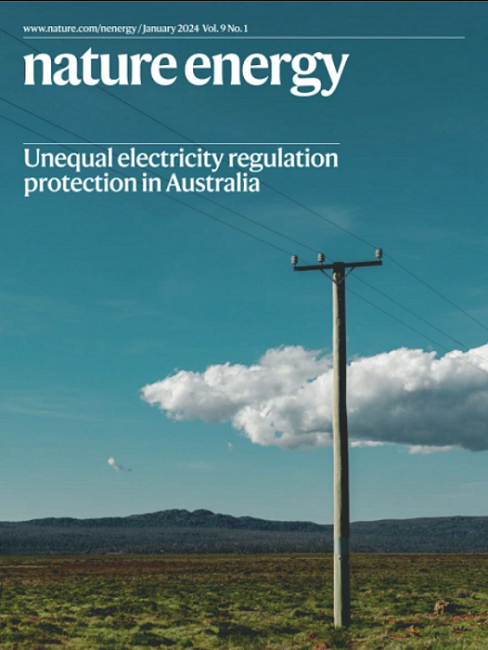小型聚变反应堆瞬态热负荷管理中Super-X转向器排气控制的演示
IF 60.1
1区 材料科学
Q1 ENERGY & FUELS
引用次数: 0
摘要
核聚变可以提供清洁、丰富的能源。然而,如何管理从核心聚变等离子体向反应堆壁消耗的能量仍然是一个重大挑战。这种情况在新兴的紧凑型反应堆设计中更加复杂,有望实现更具成本效益的商业聚变能源。替代导流器配置(adc)是一种潜在的解决方案。在这项工作中,我们展示了adc的排气控制,采用一种新的方法来诊断中性气体缓冲,从而屏蔽目标。我们在百万安培球形托卡马克升级上的工作表明adc解决了核聚变能源的关键风险和不确定性。它们对扰动的敏感性大大降低,可以在不可行的情况下进行主动排气控制,并有助于增加瞬态的被动吸收,否则会损坏导流器。我们观察到每个分流器与其他反应堆区域的强解耦,使分流器和堆芯等离子体的控制几乎独立。我们的工作展示了adc在聚变反应堆中有效热负荷管理的实际好处。本文章由计算机程序翻译,如有差异,请以英文原文为准。


Demonstration of Super-X divertor exhaust control for transient heat load management in compact fusion reactors
Nuclear fusion could offer clean, abundant energy. However, managing the power exhausted from the core fusion plasma towards the reactor wall remains a major challenge. This is compounded in emerging compact reactor designs promising more cost-effective pathways towards commercial fusion energy. Alternative Divertor Configurations (ADCs) are a potential solution. In this work, we demonstrate exhaust control in ADCs, employing a novel method to diagnose the neutral gas buffer, which shields the target. Our work on the Mega Ampere Spherical Tokamak Upgrade shows that ADCs tackle key risks and uncertainties for fusion energy. Their highly reduced sensitivity to perturbations enables active exhaust control in otherwise unfeasible situations and facilitates an increased passive absorption of transients, which would otherwise damage the divertor. We observe a strong decoupling of each divertor from other reactor regions, enabling near-independent control of the divertors and core plasma. Our work showcases the real-world benefits of ADCs for effective heat load management in fusion power reactors. Managing power exhaust in fusion reactors is a key challenge, especially in compact designs for cost-effective commercial energy. This study shows how alternative divertor configurations improve exhaust control, enhance stability, absorb transients and enable independent plasma regulation.
求助全文
通过发布文献求助,成功后即可免费获取论文全文。
去求助
来源期刊

Nature Energy
Energy-Energy Engineering and Power Technology
CiteScore
75.10
自引率
1.10%
发文量
193
期刊介绍:
Nature Energy is a monthly, online-only journal committed to showcasing the most impactful research on energy, covering everything from its generation and distribution to the societal implications of energy technologies and policies.
With a focus on exploring all facets of the ongoing energy discourse, Nature Energy delves into topics such as energy generation, storage, distribution, management, and the societal impacts of energy technologies and policies. Emphasizing studies that push the boundaries of knowledge and contribute to the development of next-generation solutions, the journal serves as a platform for the exchange of ideas among stakeholders at the forefront of the energy sector.
Maintaining the hallmark standards of the Nature brand, Nature Energy boasts a dedicated team of professional editors, a rigorous peer-review process, meticulous copy-editing and production, rapid publication times, and editorial independence.
In addition to original research articles, Nature Energy also publishes a range of content types, including Comments, Perspectives, Reviews, News & Views, Features, and Correspondence, covering a diverse array of disciplines relevant to the field of energy.
 求助内容:
求助内容: 应助结果提醒方式:
应助结果提醒方式:


